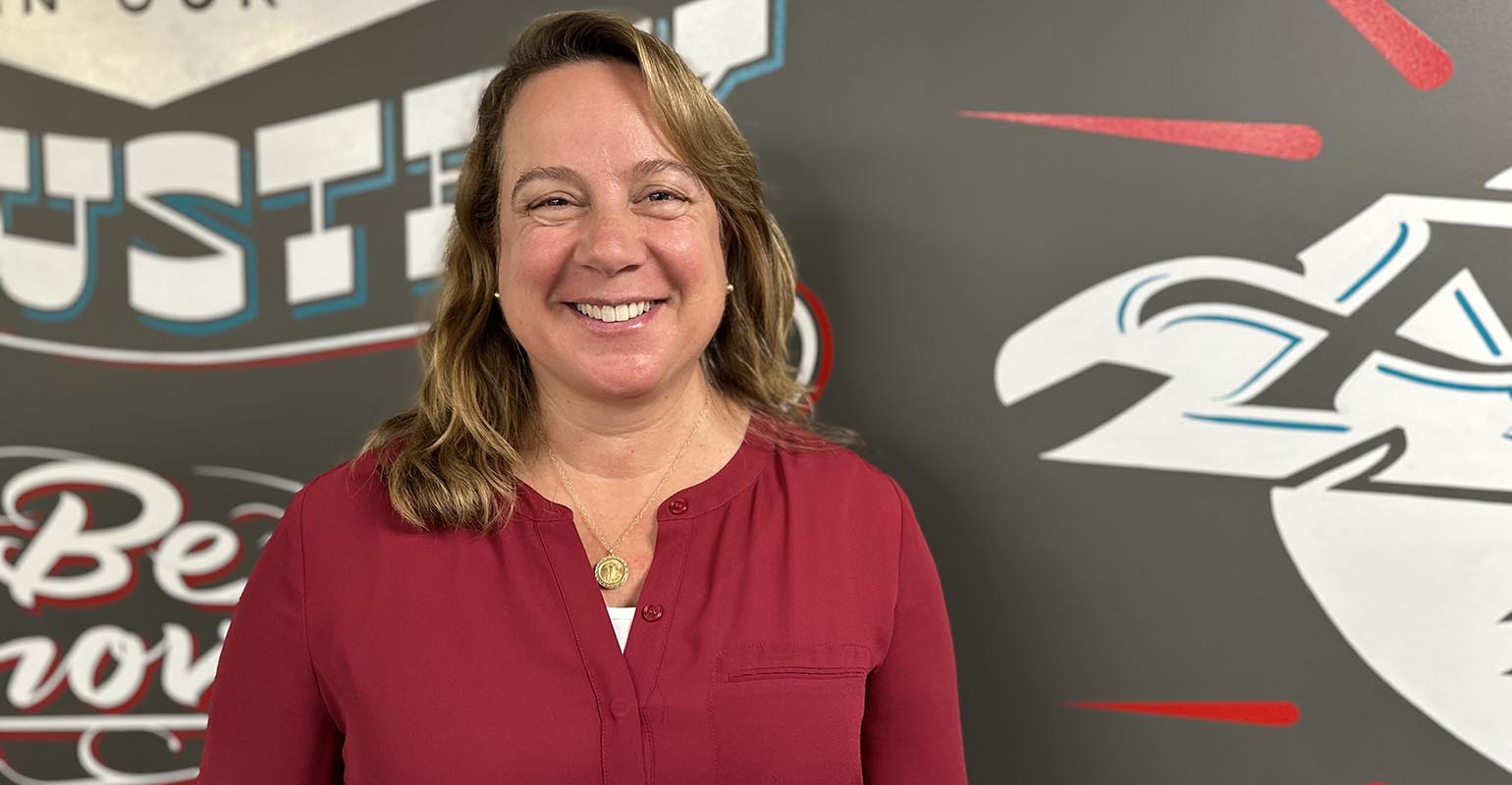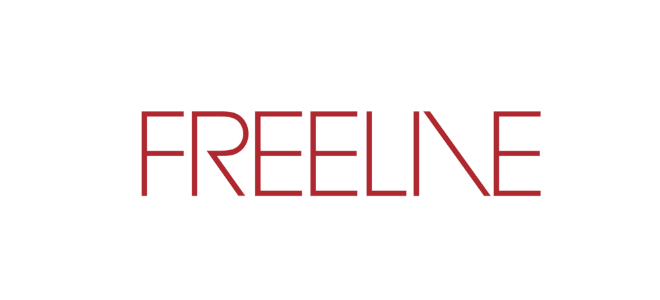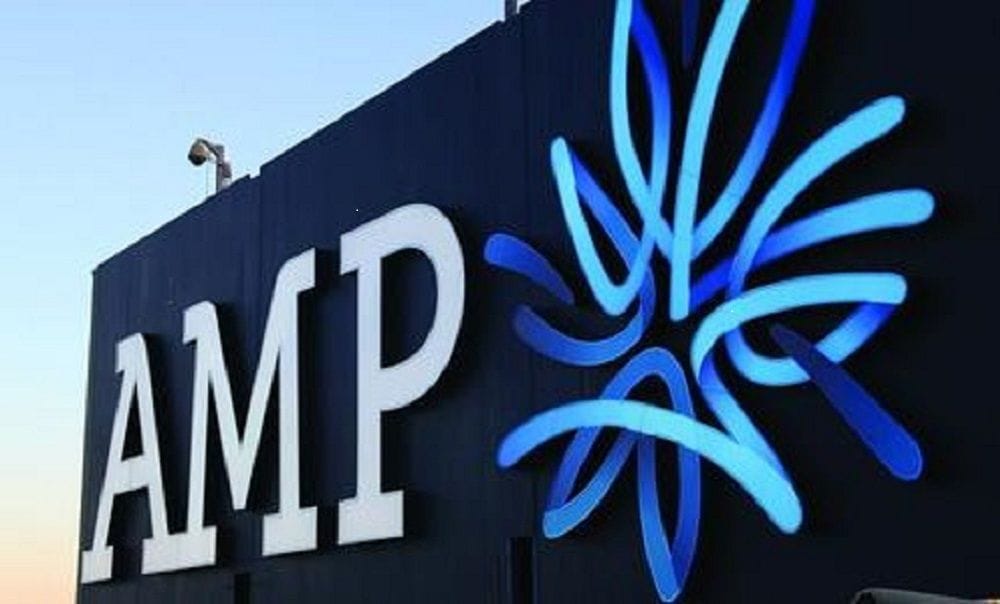[ad_1]
In September, Orion Advisor Solutions announced that Natalie Wolfsen, former CEO of AssetMark, would succeed long-time leader Eric Clarke as its chief executive.
In her first interview since taking the position, Wolfsen laid out her priorities for the company. That includes a focus on further unifying its sometimes-bewildering collection of several different businesses into a single service platform for advisors, creating better business intelligence analytics for the advisors using it, and integrated pathways to the technology stacks for advisors using even a fraction of Orion’s ecosystem.
The move fits an industry trend: Founder CEOs of companies in the independent wealth management space stepping aside for more operations-focused leaders, including SMArtX’s Evan Rapoport, Allworth’s Pat McClain and Scott Hanson, InvestCloud’s John Wise and Nitrogen’s Aaron Klein.
Wolfsen acknowledges she may be part of a similar evolution. But she sees her skills as that of a measured and conscientious operator who can still cultivate innovation inside the corporation—and doesn’t see a contradiction between the two.
“At my last company, we grew it extensively and we changed the client experience. We changed the product offering. We changed the marketing,” she said. “My view is if you want to grow and grow effectively, you have to have a plan and you have to measure against the success of the plan. To me, the plan is the innovation and the growth, and then the measurement and tracking and being nimble about how you get there, that is the operations part.”
Over the last five weeks, Wolfsen says she’s met with hundreds of Orion employees, visited all but three of its offices and talked with about 50 of its top clients.
It’s a pivotal time for Orion. Not long ago known as a portfolio management and reporting platform fiercely embedded in the RIA space, the firm bought seven companies over the past five years, including turnkey asset management platform FTJ FundChoice in 2018, New York–based financial planning and workplace planning tech firm Advizr in 2019, another turnkey asset management platform, Brinker Capital, in late 2020, risk analytics provider HiddenLevers in early 2021, regulation technology provider BasisCode Compliance in 2021, CRM software developer Redtail Technologies in April 2022, and investment and trading platform TownSquare Capital in May 2022.
That dramatically increased the size and complexity of the company. Wolfsen, who arrived just as Orion announced the firm would reduce headcount by 6%, said she agreed it was time to scale back the pace and focus on integration.
“We had to (reduce headcount) earlier this year. I don’t anticipate any going forward. That doesn’t mean that it won’t happen though as needs change and as priorities change,” she said. “We have to make sure we’re investing in areas where clients need us.”
It’s clear one need she sees is to make the whole of Orion greater than the sum of its parts. That integration strategy is being driven by Brian McLaughlin, the former CEO of Redtail and now president of Orion’s Advisor Technology. He said the key is Amazon Web Service’s Redshift, the company’s data warehouse provider that lets software vendors, like Orion, build custom applications to tap into the data rapidly, across data sets and with unique and flexible outputs—a benefit for a firm charged with stitching together seven different companies, with seven different sets of data and client information.
Historically, McLaughlin said, for advisory firms operating with various technology providers, information has been shared by pushing a query to a siloed database, delivering text-based data as file transfers, or with application programming interfaces (APIs) that automate data sharing with specific software programming.
The protocols run into performance problems that result in stale or mismatched data—the dreaded “integration” problem that bedevils many RIAs.
“We still have a lot of work to do on that front, where we’re optimizing things like our onboarding experience and making that frictionless, but also delightful—what we call ‘the welcome team’ and the way that we have advisors approach us and work with us. We’re redesigning how that looks and feels,” McLaughlin said.
“Same with the service models,” he said. “We’re servicing a huge set of products and really trying to figure ways that we can remove barriers between those teams working together so that from an advisor experience or from their staff experience when they call and work with us, that those processes are also as much of a ‘raving fan experience’ as possible.”
The next step in the integration is merging the technology itself. With the acquisition of Redtail, Orion sees itself as a “CRM-centric” wealthstack that can orient services around the client, not just process a collection of accounts.
This so-called “Entity Project,” has been McLaughlin’s baby, and allows the system to take in a prospect or client record from any one of it tools and have that data flow through the rest of the ecosystem seamlessly.
“That gets us closer and closer to one of my probably legacy goals of solving the householding problem and having that integration be so seamless,” McLaughlin said.
“The challenge of the industry for my whole tenure, 20-plus years, has been how we connect these. Because a lot of systems were account centric … and we’re taking the approach of a person, the human element.”
“Technology has classically in our industry been very product-focused,” Wolfsen said. “One of the reasons that I’m so excited to be part of Orion and to work with Brian is this … will allow us to break the barriers down between the products and regardless of how you enter the system, the Orion system, we know who you are and advisors don’t have to re-key it. They don’t have to reconcile it. They don’t have to make sure that everything is in alignment that the system, because it’s oriented around the investor and the advisor does that for them.”
The company will keep an “open border” policy around integrations with third parties as well—it now has about 300 partnerships with outside vendors.
“We are oriented completely around the advisors and the enterprises that serve them, and if they’ve made choices about the CRM that they’re using or the financial planning system that they’re using or how they want to capture and utilize their data, we need to meet them,” Wolfsen said. “Our systems and our solutions are a critical part of that, but they don’t need to be the entirety of it.”
“Getting all of our data into Redshift and supplying the tools that advisors need so that they can add … services that they don’t purchase from Orion, but that we integrate with—that is the holy grail. That’s where we’re headed at Orion,” she said.
Wolfsen’s roadmap also includes upgrades to its business intelligence tools. The Redshift data warehouse allows advisory firms to compare themselves against other firms and produce custom benchmarking reports irrespective of any single technology component. That can include custom dashboards that focus on growth, say, or performance. The firm sees AI playing a big role in gathering and making relevant business intelligence for diverse groups of advisors.
“The old way is to type ‘I’d like to know where my top 10 clients are related to revenue growth.’ Well, the system should do that on behalf of the advisor so the advisor doesn’t need to ask,” she said.
The surfacing of key client information across platforms is relevant to the wealth side of the business as well with Orion’s turnkey asset management platform. The goal there, she said, is to make sure the client experience is backed up by a broad array of investment options, but more importantly that advisors see why, and how, to use those options in the portfolios.
“We at Orion have incredible depth in behavioral finance,” she said. “We have an incredibly talented due diligence team. We have incredibly powerful technology tools, and I want to make sure that those things all work together so that financial advisors are confident that they’re building portfolios that help their investors meet their unique vision of success.”
Wolfsen also plans to invest more in the firm’s investment “overlays,” including hedging options and tax management tools.
As far as whether Orion will eventually get into RIA custody itself, a step rival Envestnet has taken through a partnership with New Zealand-based FNZ, Wolfsen said it’s unlikely for now. Custody is a business that needs scale, and she said she doesn’t see the need to devote resources to that goal now.
“It doesn’t mean that at some point in the future we might not consider that, but today it’s not where I want to direct our team,” she said.
[ad_2]
Source link




